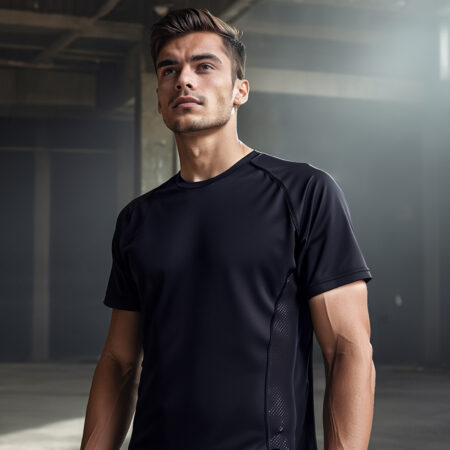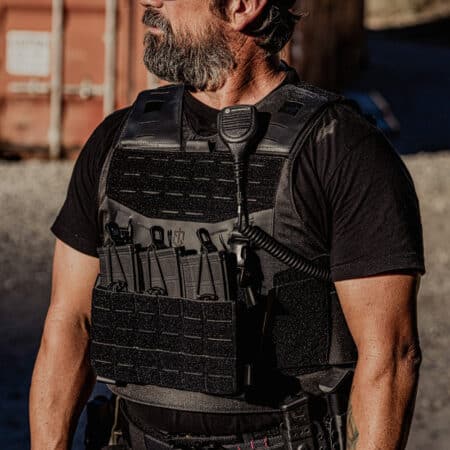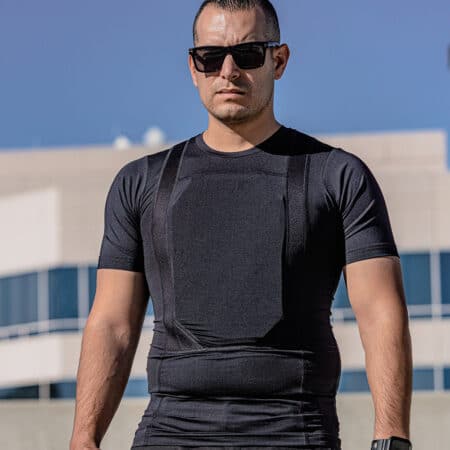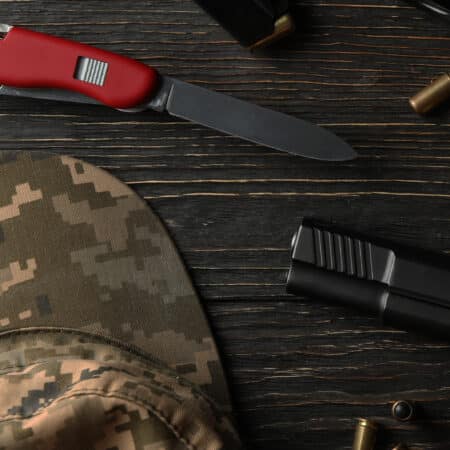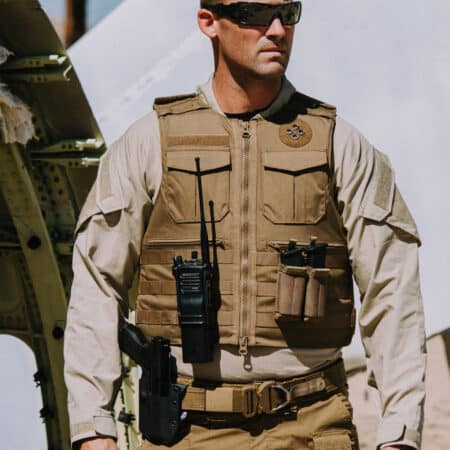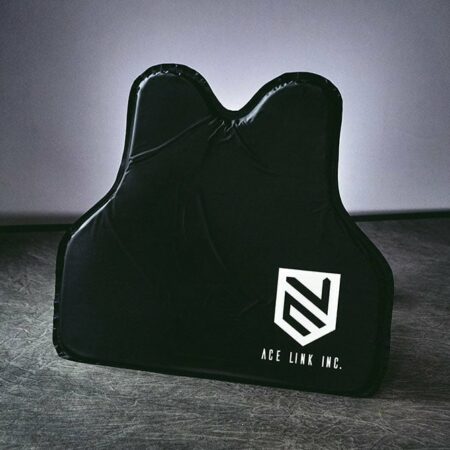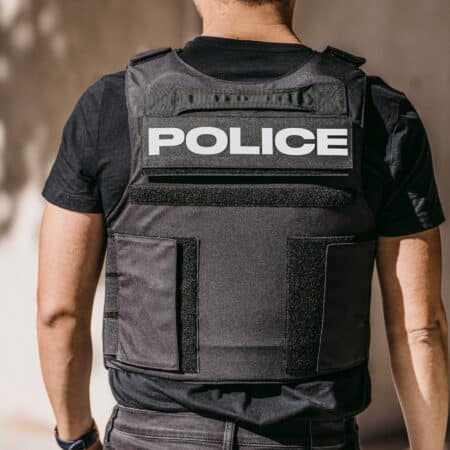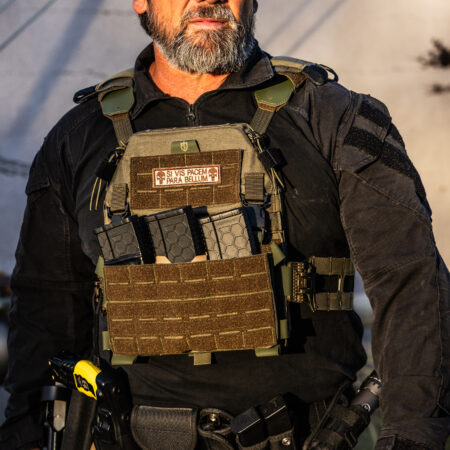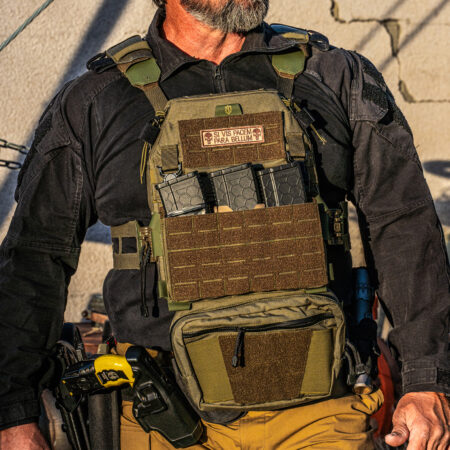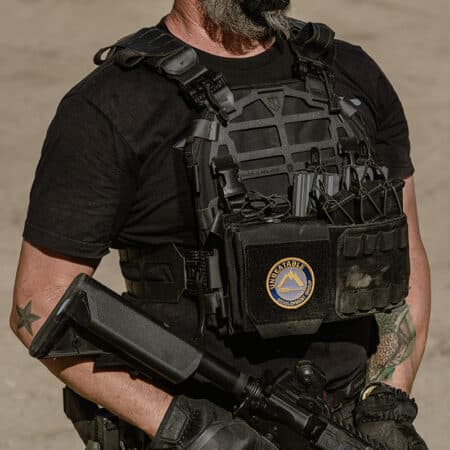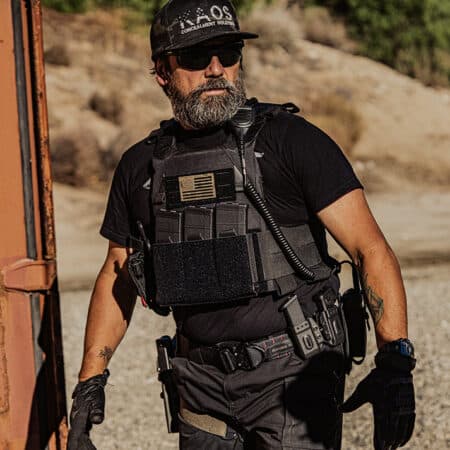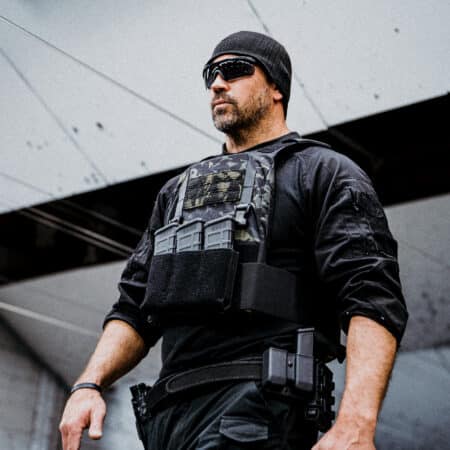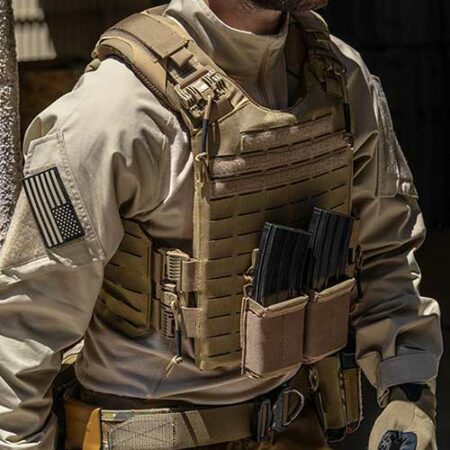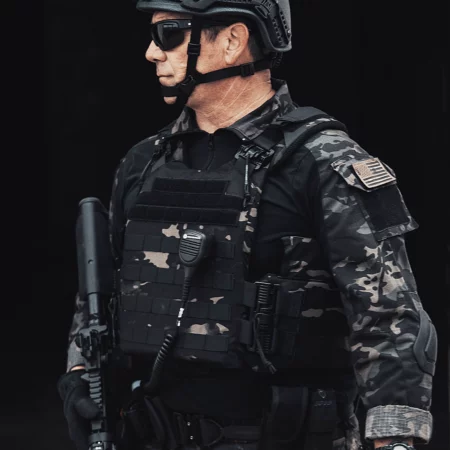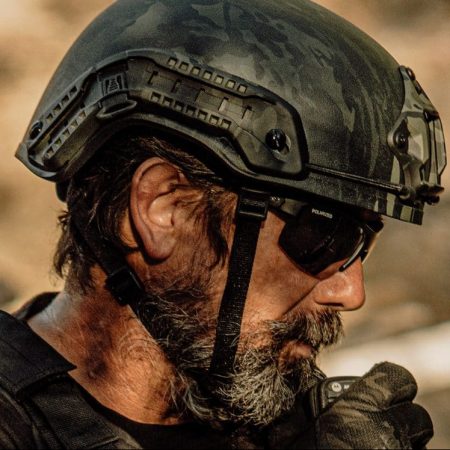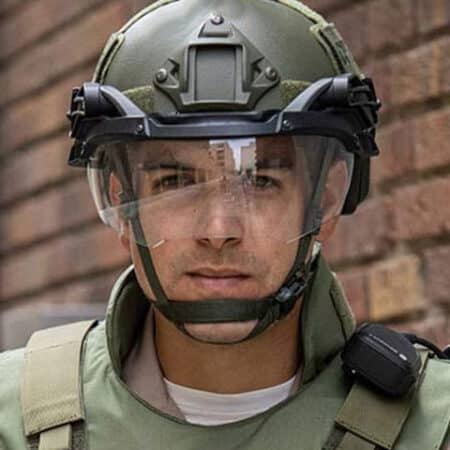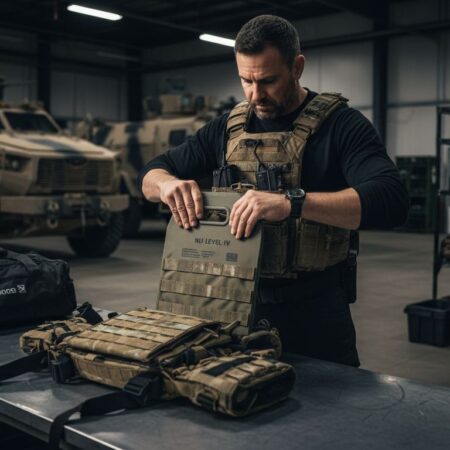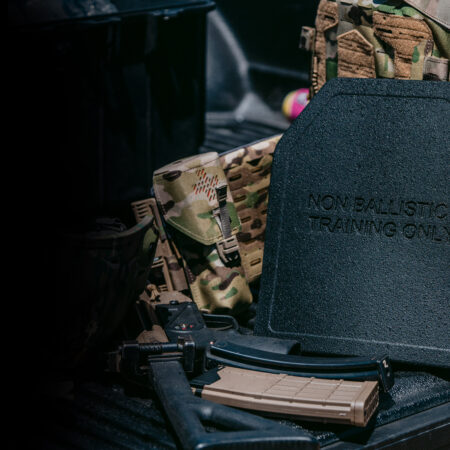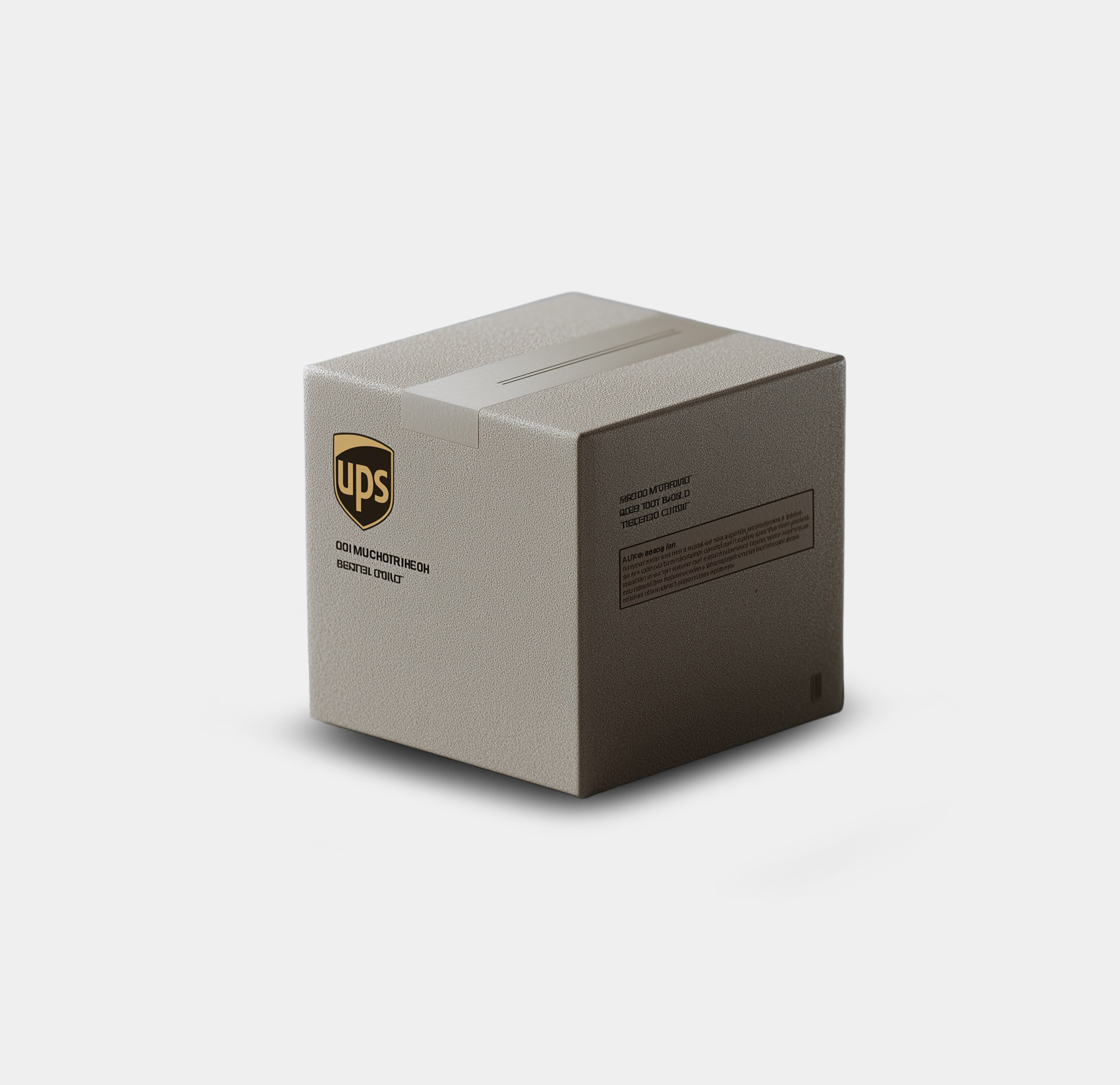Soft Graphene Armor That Stops Rifle Rounds? The Future of Lightweight Ballistics is Here
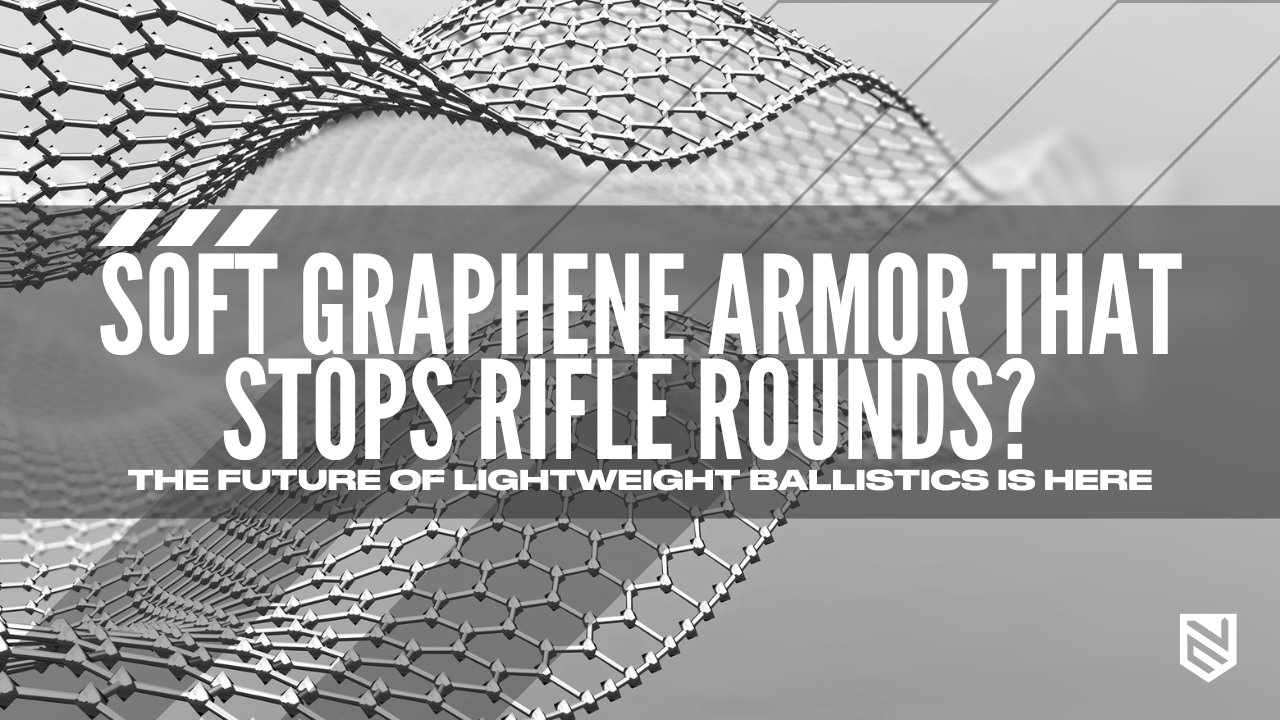
This is the beginning of the Future. For decades, experts believed soft armor plates were incapable of stopping rifle rounds. The rules of ballistic protection were clear: stopping rifle rounds meant relying on hard armor plates. These plates were heavy, uncomfortable, and restrictive—offering limited coverage and little flexibility to adapt to different body types. They were a necessary burden for survival, but not exactly a joy to wear. Well, those days are over. Thanks to groundbreaking innovations in materials science, particularly the revolutionary potential of graphene, the game has changed. Imagine soft, flexible armor that moves with you, feels almost weightless, and yet, can stop high-velocity rifle rounds.
This isn’t a distant dream—it’s the reality of modern ballistic technology. The future of lightweight, adaptable protection is here, and it’s rewriting the rules of what’s possible. Welcome to a new era of defense, where safety meets comfort, and innovation meets survival.
Let’s Talk about it.
The Breakthrough – Soft, flexible, graphene-enhanced armor.
The secret behind this revolutionary Next Gen Armor technology lies in graphene. A material that sounds like it’s straight out of a sci-fi movie but is very real—and incredibly powerful. So, what exactly is graphene, and how does it make soft armor strong enough to stop rifle rounds? Let’s break it down.
What is Graphene?
Graphene is a single layer of carbon atoms arranged in a hexagonal pattern, like a honeycomb. It’s incredibly thin—just one atom thick—but don’t let its delicate appearance fool you. Graphene is one of the strongest materials ever discovered. It is 200 times stronger than steel by weight, yet it’s also lightweight and flexible. It’s an excellent conductor of heat and electricity, and its unique structure gives it extraordinary mechanical properties.
A Material Ahead of Its Time
Scientists have known about graphene for a while now. It was first isolated in 2004, earning its discoverers the Nobel Prize in Physics in 2010. However, for years, the challenge wasn’t just understanding its potential but figuring out how to produce it consistently and affordably on a commercial scale. Early methods of creating graphene were expensive, time-consuming, and difficult to scale up, limiting its practical applications.
But now, thanks to years of research and innovation, scientists and engineers have developed new methods to produce graphene more efficiently and cost-effectively. This breakthrough in manufacturing has opened the door to real-world applications, including its use in next-generation ballistic armor.
However, we do still have a long way to go before Graphene is manufactured and used to its complete potential. You can be certain that as time passes by, it will completely revolutionize almost every industry imaginable, just like plastics did back in the day.
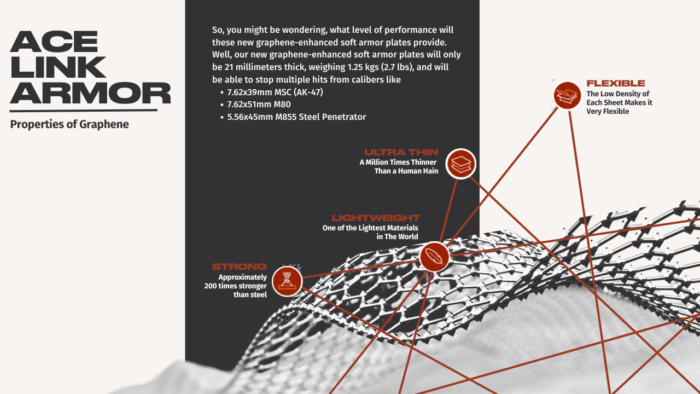
Ballistic Performance – Proof that it stops AK-47, M80, and M855 rounds.
So, you might be wondering, what level of performance will these new graphene-enhanced soft armor plates provide. Well, our new graphene-enhanced soft armor plates will only be 21 millimeters thick, weighing 1.25 kgs (2.7 lbs), and will be able to stop multiple hits from calibers like
- 7.62x39mm MSC (AK-47)
- 7.62x51mm M80
- 5.56x45mm M855 Steel Penetrator
This means that they offer protection comparable to Level III+ armor plates. It can stop most common rifle calibers, including .556 green tips, which are specifically designed to beat armor.
For those on the front lines, the ability to stop rounds like the 7.62x39mm, 7.62x51mm, and 5.56x45mm isn’t just a technical specification—it’s a matter of life and death. These rounds are among the most commonly used in both military and civilian conflicts, and protection against them is non-negotiable.
With our graphene-enhanced soft armor, wearers no longer have to choose between protection and mobility. They can have both: the stopping power of hard plates and the comfort and flexibility of soft armor.
Technical Deep Dive – Graphene’s role in impact dispersion.
Traditional soft armor, like Kevlar, works by absorbing and dispersing the energy of a bullet through layers of tightly woven fibers. However, these materials have their limits, especially when it comes to stopping high-velocity rifle rounds, which pack significantly more energy than handgun bullets.
This is where graphene comes in. When integrated into soft armor, graphene enhances the material’s strength and energy-absorption capabilities in several key ways:
Unmatched Strength: Graphene’s atomic structure allows it to distribute force evenly across its surface. When a bullet strikes graphene-enhanced armor, the impact energy is spread out over a wider area, reducing the force concentrated on any single point.
Energy Absorption: Graphene can absorb and dissipate energy incredibly efficiently. When a high-velocity round hits the armor, the graphene layers help to slow down and deform the bullet, converting its kinetic energy into heat and other forms of energy that the material can safely handle.
Flexibility Without Sacrificing Protection: Unlike rigid plates, graphene-enhanced armor remains soft and flexible, allowing it to conform to the wearer’s body. This flexibility doesn’t come at the cost of protection—graphene’s strength ensures the armor can still stop rifle rounds while being far more comfortable and wearable.
Lightweight Design: Graphene is not only strong but also incredibly light. This means the armor doesn’t weigh the wearer down, making it ideal for extended use in high-stress situations, whether by soldiers, law enforcement, or security personnel.
Field Applications – Tactical scenarios where this armor excels.
Graphene-enhanced soft armor excels in a variety of tactical scenarios, making it a game-changer for military operations, law enforcement, special forces, private security, and search-and-rescue teams.
Its lightweight, flexible design allows soldiers and officers to move swiftly and comfortably during extended missions, while its rifle-stopping capabilities provide critical protection against high-velocity rounds.
For special operations, its low profile and durability make it ideal for covert missions in harsh environments, while law enforcement and security personnel benefit from its concealability and comfort during long and high-risk situations. Even in search-and-rescue operations, responders can navigate challenging terrain without being weighed down, all while staying protected from potential threats.
This armor empowers those on the front lines to perform at their best, and take on every challenge no matter the mission.
Conclusion
So, Whether you’re a law enforcement officer, a security professional, or a civilian seeking top-tier protection, now is the time to upgrade to graphene-enhanced soft armor. Visit our website to learn more about this groundbreaking technology and take the first step toward a safer, more secure future.



